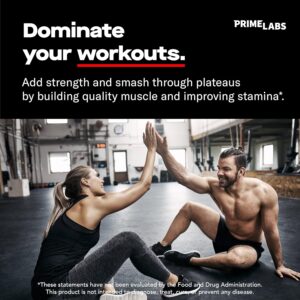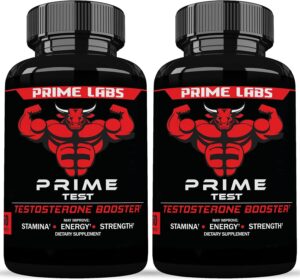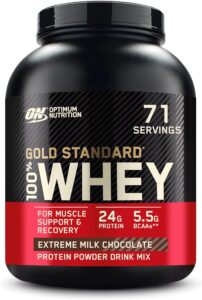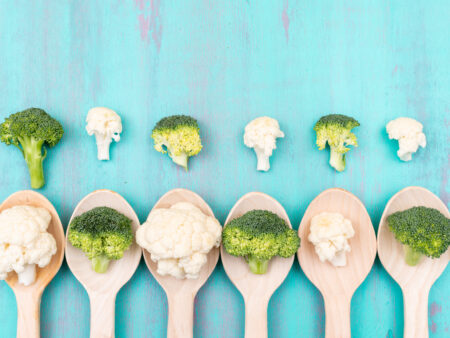
Clive Standen’s portrayal of Rollo in the hit series Vikings is iconic, thanks not only to his intense acting but also to the authentic and rugged physique he brought to the role. Playing the fierce Viking warrior demanded a physicality that could convincingly embody the strength and endurance of a historical warrior who lived by the axe and sail. Standen’s dedication to achieving this physique required a workout regimen that was as intense and functional as the Viking lifestyle itself.
In this article, we’ll explore Clive Standen’s unique approach to training for his role as Rollo, a regime that steered clear of modern gyms and instead embraced the primal strength training methods that would have been part of a Viking’s daily life.
Background: The Need for an Authentic Viking Physique
When Clive Standen took on the role of Rollo, he knew that portraying a Viking wasn’t just about delivering lines; it was about embodying the physical presence of a warrior. Standen’s athletic background gave him a lean and fit physique, but for the role of Rollo, he needed to add significant muscle mass and develop a physique that screamed raw power and resilience.
The Training Philosophy: Functional Strength and Organic Workouts
The key to Clive Standen’s Viking transformation lay in functional strength training—workouts that mimic the movements and activities of a Viking warrior. Unlike modern fitness regimes that often focus on isolated muscle groups using machines, Standen’s workouts were designed to work multiple muscle groups simultaneously, building the kind of practical strength a Viking would need in battle or daily survival.
This approach to training was rooted in activities that would have been familiar to the Norsemen. Standen’s workout routine was designed to replicate the strength-building activities of a Viking, such as rowing, hauling, chopping, and lifting. The goal was to create a physique that was not only muscular but also capable of the kind of explosive power, endurance, and raw strength that the role of Rollo demanded.
The Viking Workout Routine
1. Weighted Tail Sprints
One of the cornerstone exercises in Standen’s regimen was weighted tail sprints. This exercise involves sprinting while dragging a heavy weight behind you, which simulates the resistance a Viking might experience when pulling a sled, dragging a heavy load, or even rowing a large boat.
How it works: Standen would attach a weighted sled or harness to his waist and sprint across a set distance, focusing on explosive power and speed. The weight added resistance, making each sprint an intense workout for the legs, core, and back.
Benefits: This exercise builds leg strength, cardiovascular endurance, and the explosive power needed for quick movements in battle or strenuous physical labor.
2. Kettlebell Farmer Walks
The kettlebell farmer walk is a functional exercise that mimics the action of carrying heavy loads—similar to what a Viking might do while transporting goods or supplies.
How it works: Holding a heavy kettlebell in each hand, Standen would walk a set distance, keeping his core engaged and his posture upright. The weight of the kettlebells forces the muscles in the back, shoulders, and core to stabilize the body during the walk.
Benefits: This exercise is excellent for building grip strength, core stability, and the kind of back and shoulder strength that was crucial for Viking warriors.
3. Sandbag Power Cleans and Presses
Another integral part of Standen’s workout routine was the use of sandbags for power cleans and presses. This exercise involves lifting a heavy sandbag from the ground to shoulder height (the clean) and then pressing it overhead.
How it works: Standen would perform multiple repetitions of sandbag power cleans and presses, focusing on smooth, controlled movements. The uneven nature of the sandbag’s weight distribution made the exercise more challenging, requiring extra effort to stabilize the load.
Benefits: This exercise builds explosive power, particularly in the legs, hips, and shoulders, while also working the core muscles that stabilize the body during lifting. It also replicates the kind of lifting and carrying tasks that would have been common in a Viking’s life.
4. Outdoor Training and Location-Based Workouts
To further immerse himself in the Viking mindset, Standen took much of his training outdoors, avoiding the gym whenever possible. He often trained on location, using the natural environment as part of his workout. This not only added to the authenticity of his training but also mirrored the outdoor, physically demanding lifestyle of the Vikings.
How it works: Standen’s outdoor workouts included activities like chopping wood, carrying logs, and performing drills on uneven terrain. For example, he might use a heavy rock or log for overhead presses or squats, or he might run uphill sprints to build leg strength and endurance.
Benefits: Training outdoors on rugged terrain adds an extra layer of challenge, improving balance, coordination, and mental toughness. These workouts also helped Standen acclimate to the types of physical conditions he would experience while filming battle scenes on location.
The Importance of Nutrition: Fueling a Viking Body
Achieving a Viking physique isn’t just about how you train—it’s also about how you fuel your body. For Clive Standen, nutrition was a key component of his transformation. To build and maintain the muscle mass required for the role, Standen needed to follow a diet that was high in protein, rich in healthy fats, and full of nutrient-dense foods.
1. High-Protein Diet
To support muscle growth, Standen’s diet included a significant amount of protein. Protein is essential for repairing and building muscle tissue, especially after intense workouts.
Sources: Standen’s protein sources likely included lean meats like chicken, turkey, and fish, as well as eggs, dairy products, and plant-based proteins like beans and lentils.
Benefits: A high-protein diet helps to promote muscle growth, aids in recovery, and ensures that the body has the necessary building blocks to develop and maintain muscle mass.
2. Healthy Fats
In addition to protein, Standen’s diet would have included healthy fats, which are essential for hormone production, joint health, and overall energy levels.
Sources: Healthy fat sources might have included avocados, nuts, seeds, olive oil, and fatty fishlike salmon.
Benefits: Consuming healthy fats helps to support overall health, provides long-lasting energy, and aids in the absorption of fat-soluble vitamins that are crucial for muscle and bone health.
3. Carbohydrates for Energy
To sustain the high-intensity training sessions required to build a Viking physique, Standen would have needed a good amount of carbohydrates for energy.
Sources: Complex carbohydrates like sweet potatoes, brown rice, quinoa, and whole grains would have provided a steady source of energy for Standen’s workouts.
Benefits: Carbohydrates are the body’s primary energy source, particularly for high-intensity activities. A balanced intake of carbs ensures that Standen had the energy needed to power through his demanding training sessions.
Clive Standen’s transformation into Rollo for Vikings was not just about looking the part; it was about living it. By focusing on functional strength, organic workouts, and a diet that fuelled his intense training, Standen was able to build a physique that was not only impressive but also genuinely reflective of the Viking lifestyle. His commitment to authenticity in his training is a testament to his dedication to the role, making his portrayal of Rollo one of the most memorable in television history.
For those inspired by Standen’s journey, his workout regimen offers valuable insights into how to train like a Viking—focusing on functional strength, embracing outdoor challenges, and building the mental toughness needed to conquer any obstacle. Whether you’re training for a role, a sport, or simply looking to improve your fitness, Clive Standen’s approach provides a powerful blueprint for achieving a body that’s strong, resilient, and ready for battle.










